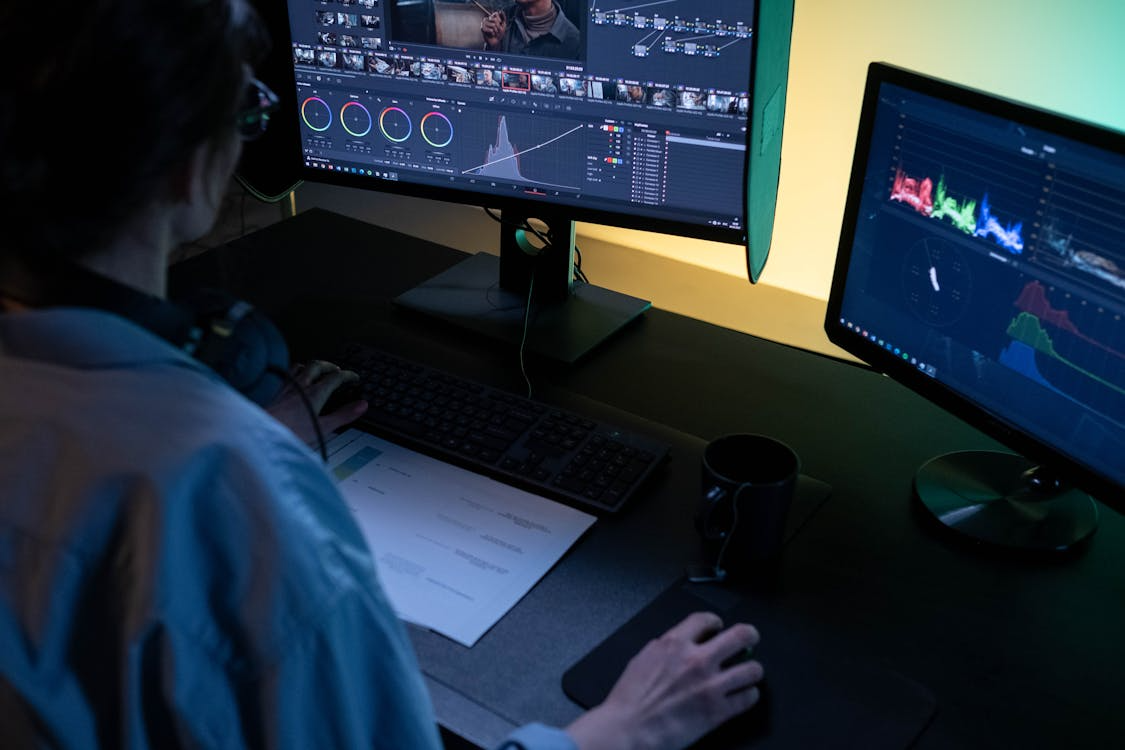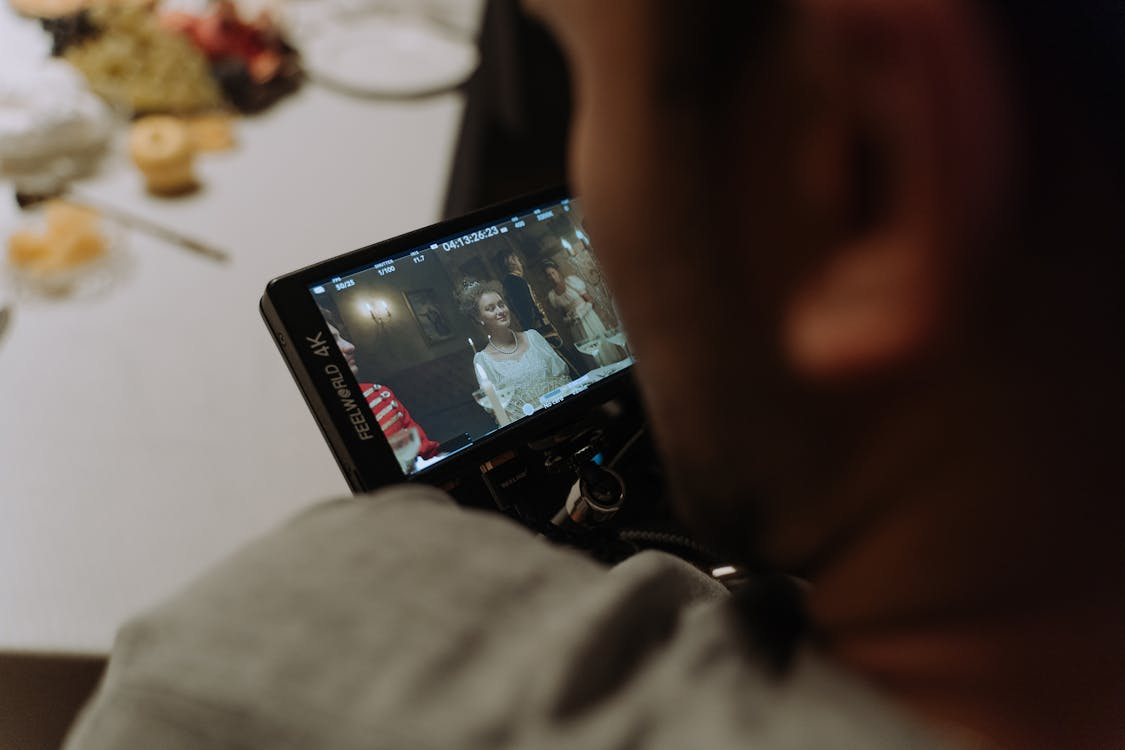In a Berlin cinema, as the opening credits of a Hollywood blockbuster roll, the audience leans forward in anticipation. What follows is not just a visual spectacle but a masterclass in auditory precision: every German line matches the actor’s lip movements with uncanny accuracy, every inflection mirrors the original performance, and every syllable feels organic to the scene. This is no accident. The German-speaking market—encompassing Germany, Austria, and parts of Switzerland—has built a reputation as one of the world’s most demanding arenas for dubbing, where even the smallest flaw can derail a film’s success. To understand this phenomenon, we must delve into a unique blend of cultural values, technical innovation, and artistic rigor that makes “good enough” never enough.
At the heart of this obsession lies a cultural reverence for precision that permeates every aspect of German life, from engineering to etiquette. Germans often joke that their language, with its compound words and grammatical exactitude, was built for clarity—each phrase carries weight, and ambiguity is frowned upon. This linguistic ethos extends naturally to dubbing. Unlike markets where viewers may overlook slight mismatches between dialogue and lip movements, German audiences perceive such errors as a breach of respect for the original work. A 2023 survey by the German Dubbing Association (Deutscher Synchronverband) found that 83% of respondents would “immediately lose immersion” if a character’s words didn’t align with their mouth movements, compared to 51% in France and 38% in the United States. This expectation isn’t just about aesthetics; it’s a cultural contract: if a film is worth watching, it’s worth adapting with the same care that went into its creation.
This demand has driven the development of cutting-edge technical standards that set the German market apart. The process begins long before a voice actor steps into the booth. Scriptwriters, often fluent in both the original language and German, face the Herculean task of translating dialogue while preserving its rhythm, emotional tone, and—crucially—syllabic count. A three-syllable line in English must become a three-syllable line in German, or the lip sync will falter. This linguistic puzzle requires creativity: for example, the English exclamation “Oh my god!” (three syllables) might become “Ach du lieber!” (three syllables) in German, preserving both meaning and timing.
Once the script is finalized, voice actors undergo rigorous training to match not just words but the physicality of the original performance. They study the actor’s facial expressions, gestures, and even breathing patterns to ensure their delivery feels authentic. In some studios, actors perform in front of mirrors or watch the original scene on a monitor while speaking, adjusting their mouth movements in real time. This level of detail is aided by advanced software like SyncCast, a German-developed tool that analyzes lip movements frame by frame and suggests adjustments to the script or delivery to achieve perfect synchronization. The result is a seamless blend where viewers often forget they’re watching a dubbed version.
Beyond technical precision, the German market values artistic integrity that honors the original work. Unlike some markets where dubbing can feel stilted or over-the-top, German dubbing aims for subtlety. Voice actors are chosen not just for their vocal range but for their ability to embody the character’s personality. A gruff detective might be voiced by an actor with a gravelly tone, while a nervous teenager gets a higher-pitched, hesitant delivery. This commitment to authenticity is why many German viewers prefer dubbed versions over subtitles—they believe a well-dubbed film allows them to connect more deeply with the characters, unburdened by reading text.
This dedication to quality has also created a thriving industry with its own stars. Actors like Manfred Lehmann, known for dubbing Tom Hanks, and Claudia Urbschat-Mingues, the voice of Meryl Streep in German versions, have fan bases nearly as large as the Hollywood stars they mimic. These voice actors are celebrated for their ability to capture the essence of a performance, turning dubbing into an art form in its own right.
Critics argue that such strict standards make the German market resistant to innovation, favoring tradition over experimentation. However, proponents counter that this rigor ensures consistency and respect for the audience. In a world where content is consumed at lightning speed, the German approach reminds us that some things are worth taking time to perfect. It’s a philosophy that extends beyond entertainment: just as a German-engineered car is admired for its precision, a German-dubbed film is admired for its attention to detail.
In conclusion, the German-speaking market’s intolerance for dubbing flaws is more than a quirk—it’s a reflection of a culture that values precision, respect, and excellence. From the linguistic acrobatics of scriptwriters to the technical wizardry of sync software and the artistic skill of voice actors, every step in the process is guided by a simple principle: do it right, or don’t do it at all. For audiences, this means a viewing experience that feels both foreign and familiar, allowing them to lose themselves in stories from around the world without ever being pulled out of the moment. In an increasingly chaotic global landscape, perhaps there’s something comforting about knowing that in Germany, at least, the dubbing will always be perfect.











